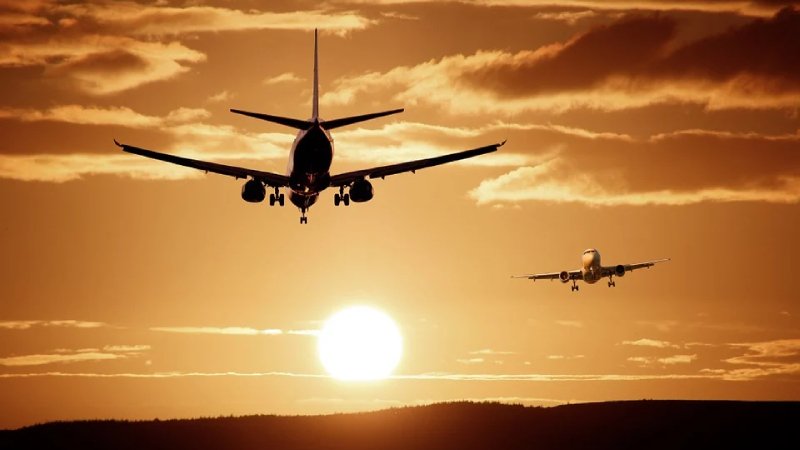In 2024, the landscape of the aviation industry has shifted dramatically, with a reported average wait time for new aircraft soaring to five-and-a-half years. This change signals a significant challenge for airlines globally, as the International Air Transport Association (IATA) indicates that under current market conditions, the timeline for delivering new planes could extend up to a decade.
The Scale of the Aircraft Backlog
As of now, airlines are collectively awaiting approximately 17,000 aircraft—a substantial increase from the earlier figures of 8,000 to 12,000. This backlog reflects numerous factors affecting production rates, including supply chain disruptions and increased demand for air travel. The backlog is creating complexities in operational planning, making it increasingly difficult for airlines to prepare for the future.
Implications for Airlines
According to IATA’s Nick Careen, airlines are facing unprecedented challenges in their ability to strategically plan. “No airline in the world can plan on an order today that they could receive in 2035ish,” Careen stated in an interview with Bloomberg. This sentiment underscores the prevailing uncertainty in the aviation sector, which is navigated through fluctuating market dynamics.
Factors Contributing to Extended Wait Times
Several elements are driving the surge in wait times for aircraft delivery. These include:
-
Supply Chain Disruptions: The ongoing effects of the COVID-19 pandemic have caused significant interruptions in global supply chains, affecting manufacturers’ capabilities to produce aircraft efficiently.
-
Increased Demand for Air Travel: As travel restrictions ease, a resurgence in air travel demand is pushing airlines to order more planes, further straining the manufacturing capabilities.
- Manufacturing Capacity: The limited capacity of aircraft manufacturers to ramp up production in response to the growing demand exacerbates the backlog situation.
The Future of the Aviation Industry
As the aviation industry confronts these challenges, the focus will likely shift towards strategic partnerships between airlines and manufacturers to facilitate more efficient deliveries. While the current backlog presents a daunting landscape, proactive measures might help streamline operations and reduce wait times over the coming years.
For more in-depth coverage on the challenges facing the aviation industry and the implications of the aircraft backlog, CLICK HERE FOR FULL STORY.
In conclusion, as airlines prepare for an uncertain future with extended wait times for new aircraft, staying informed about industry developments will be crucial for stakeholders across the sector. The coming years will undoubtedly require innovative solutions and collaborations to navigate the complexities of aircraft production and delivery.



